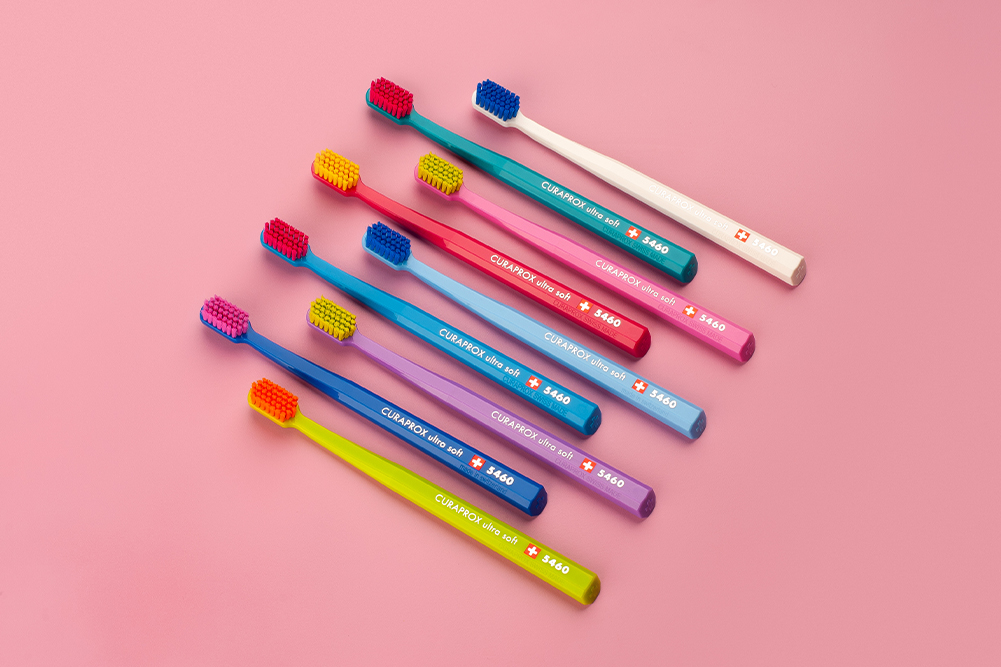The art of winning rock-scissors-paper
Every now and then a truly landmark scientific paper is published. There have been those that revealed portions of the true nature of human consciousness. Others have thrown light on the origins of the universe while others have provided insights into the interconnected nature of the human body, mind, and spirit. Without wanting to denigrate this earnest work in any way, now a new study has revealed perhaps the greatest insight of all: how to win at rock-scissors-paper.
The sublime practice of rock-scissors-paper, part game of chance and part martial art, takes place thousands of times every day in playgrounds, offices, and probably cabinet meetings around the world. It involves two players locked in a battle of skill, wits, and daring wherein each of the two show one of three possible hand gestures: rock (a closed fist), scissors (fist with index and middle fingers open like scissors), or paper (flat hand). Rock beats scissors because it can crush them, scissors beats paper because it can cut it, and paper beats rock because it can wrap it.
The tension and stakes surrounding these palmar confrontations are often high. If both proponents show their hands at the same time the chance of winning is theoretically one in three. There are nine possible outcomes, three of which are draws. Now however, a new study has revealed how you can give yourself a vital edge in your next bout.
For the study researchers recruited participants who played rock-scissors-paper. In the first instance both players were blindfolded while in the second experiment only one player was blindfolded. Players who won the most games out of 60 in each match were promised a financial payment, so there was an incentive to win.
The researchers found that when both participants were blindfolded the number of draws were exactly what chance would predict, around one in three. However, in the matches where only one player was blindfolded the number of games ending in a draw was significantly higher than a third. This was because the sighted player was unconsciously copying the hand gesture of their blindfolded opponent even when it was not in their interest to do so.
This copy-cat compulsion goes back to the egg, so to speak, since from the moment of birth we are exposed to situations where performing an action is usually followed by someone mimicking that action. Parents can’t stop themselves imitating the expressions of newborn babies. If one person in a waiting room starts tapping their feet then others are likely to do the same.
In the case of rock-scissors-paper the player who can see what is happening can see how the blindfolded player is holding their hand in preparation for “play†and unconsciously mimics that hand movement even though it would benefit them to do otherwise. This is governed by neural networks known as the “mirror neuron system†which introduces an unconscious bias toward imitation immediately an action is viewed. If you want to do something different to those around you then that natural bias to imitate must be overcome.
Imitative responses happen in the time frame of 200-400 milliseconds while non-imitative responses take much longer.
There are implications here for what it takes to break conformity and follow your own path but the greater revelation is that if you want to increase your chances of winning at rock-scissors-paper then you should go into the contest with your eyes wide shut.
Meanwhile if you visit Meijer Ad that contains mostly likewise discounts with Winn Dixie Ad you surely have a range like ALDI Ad.







